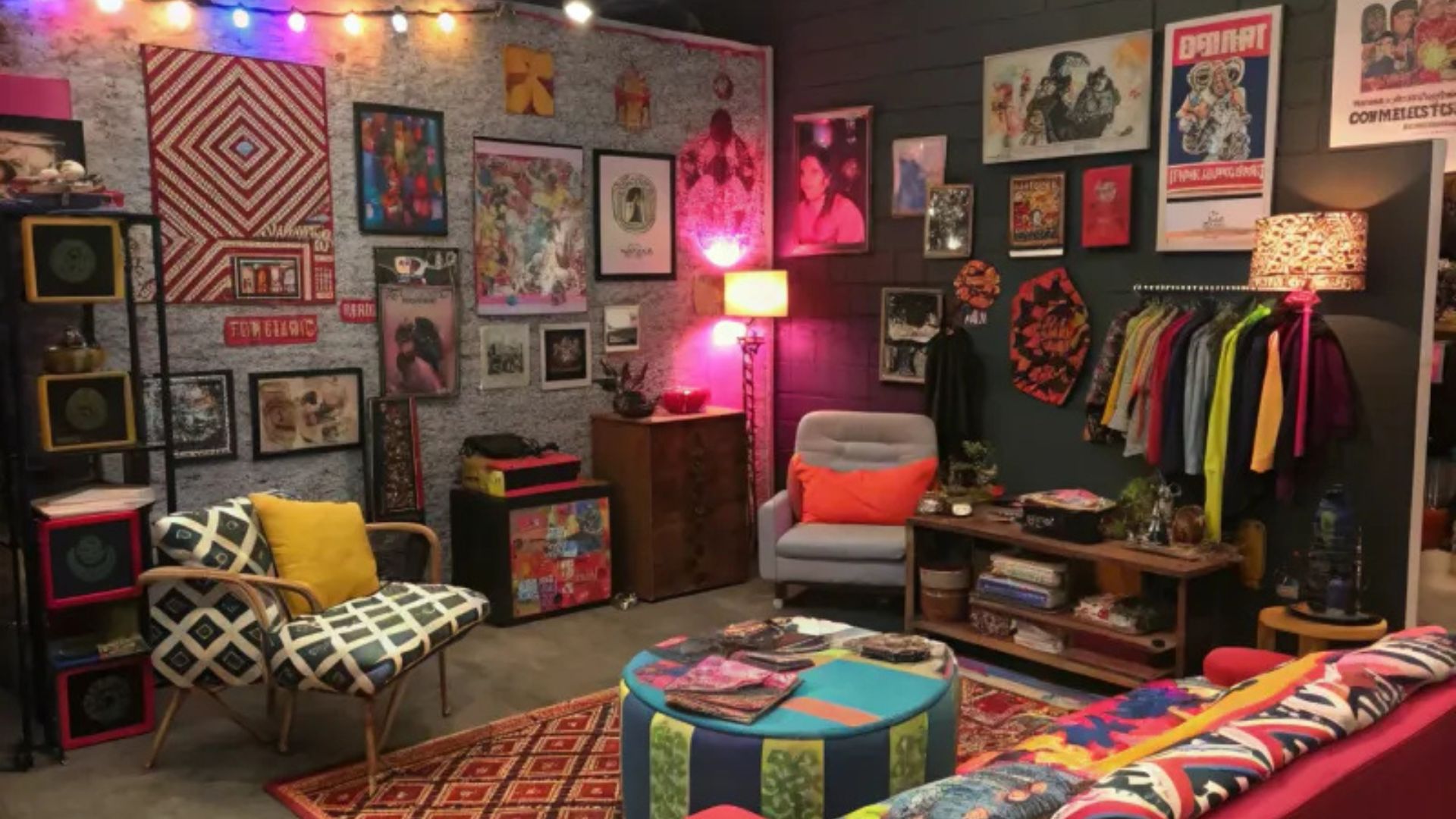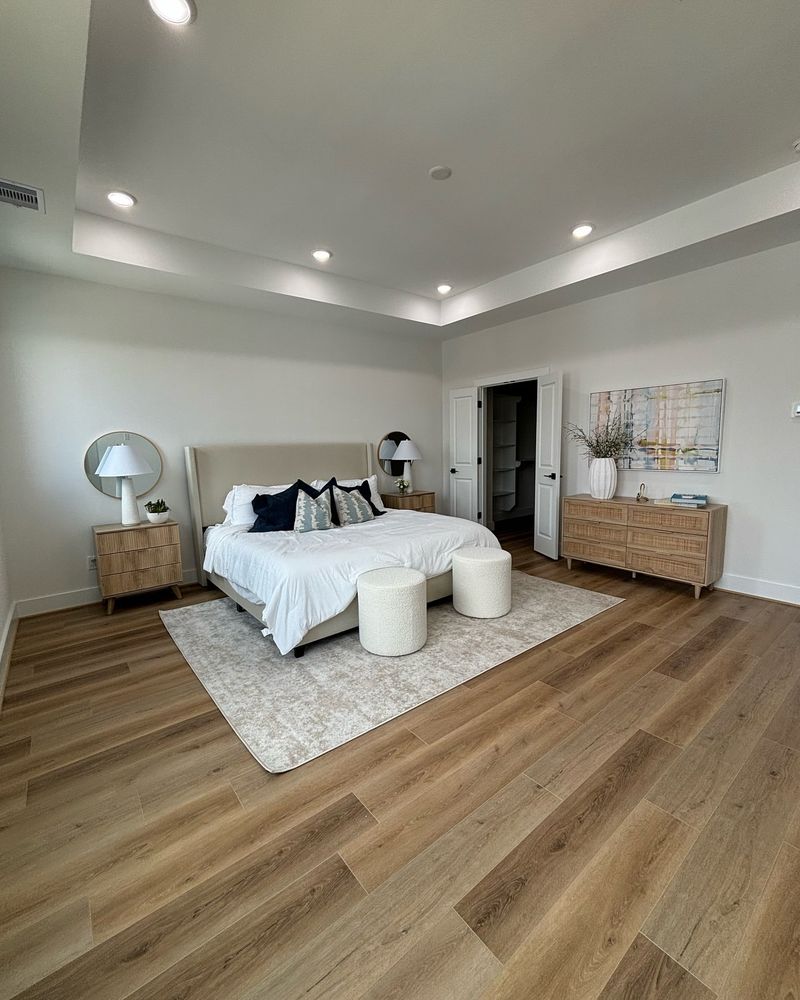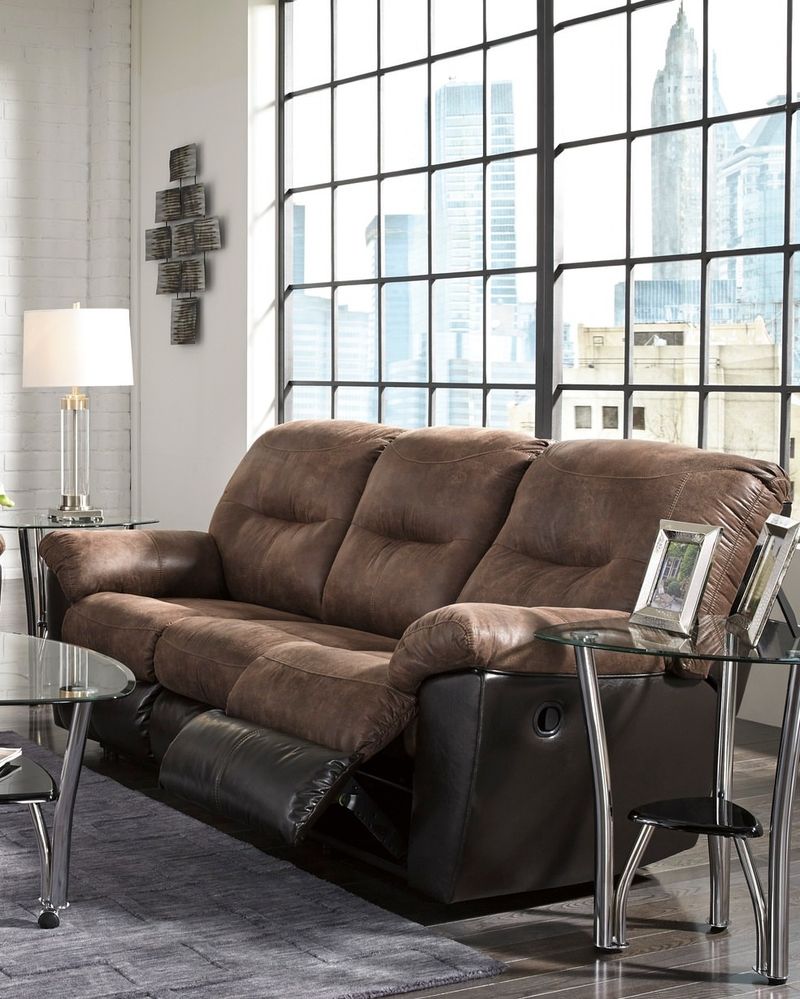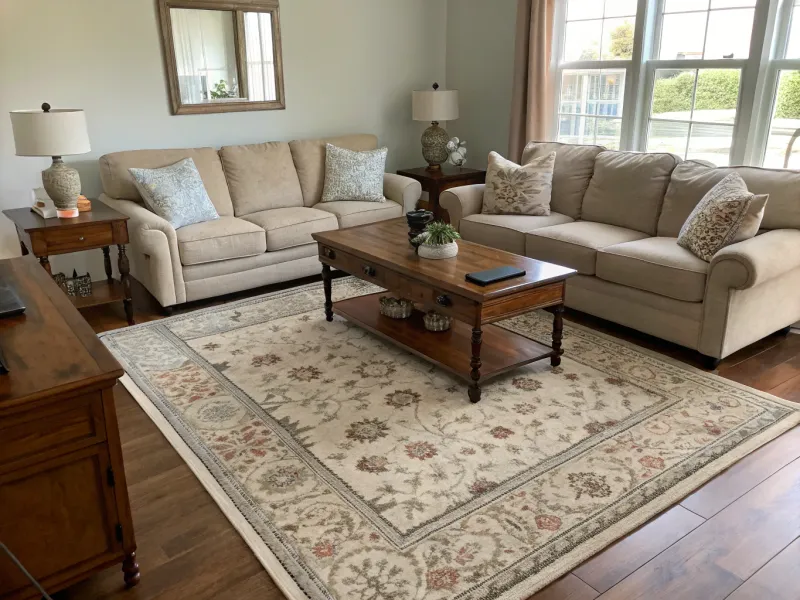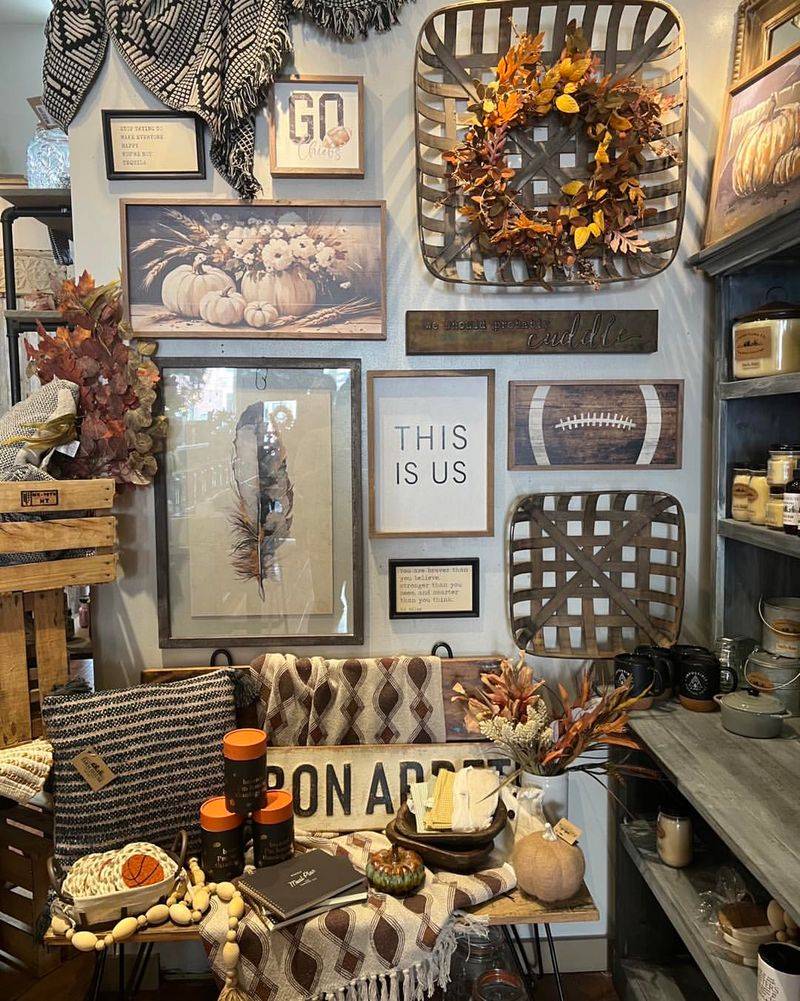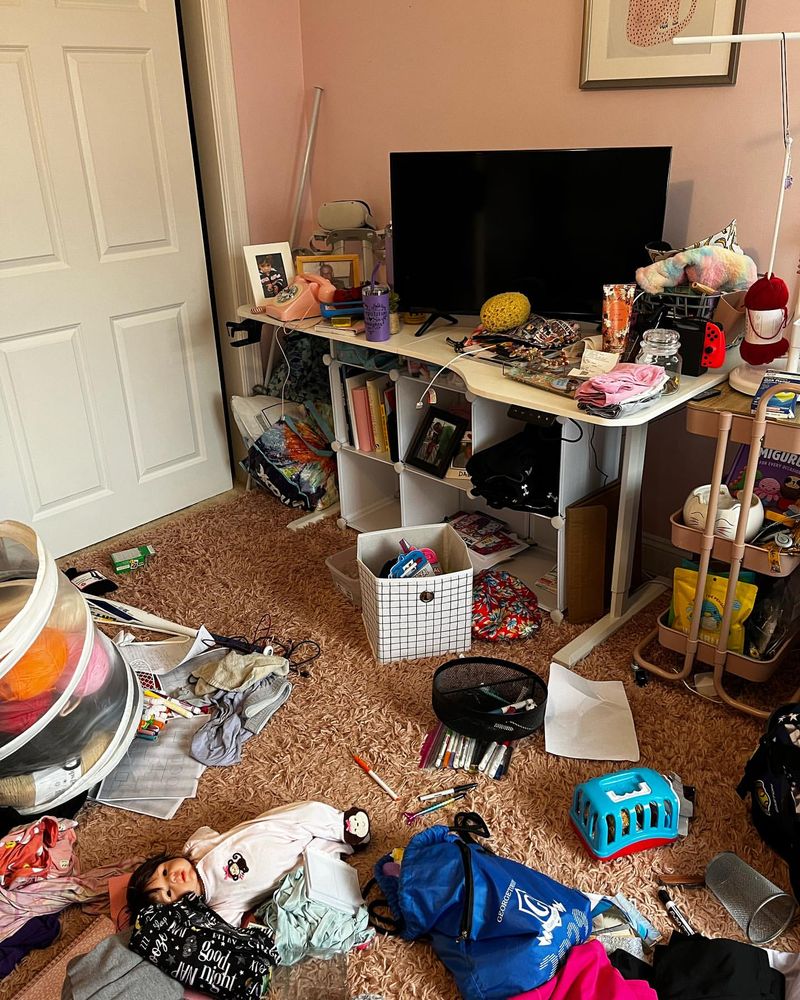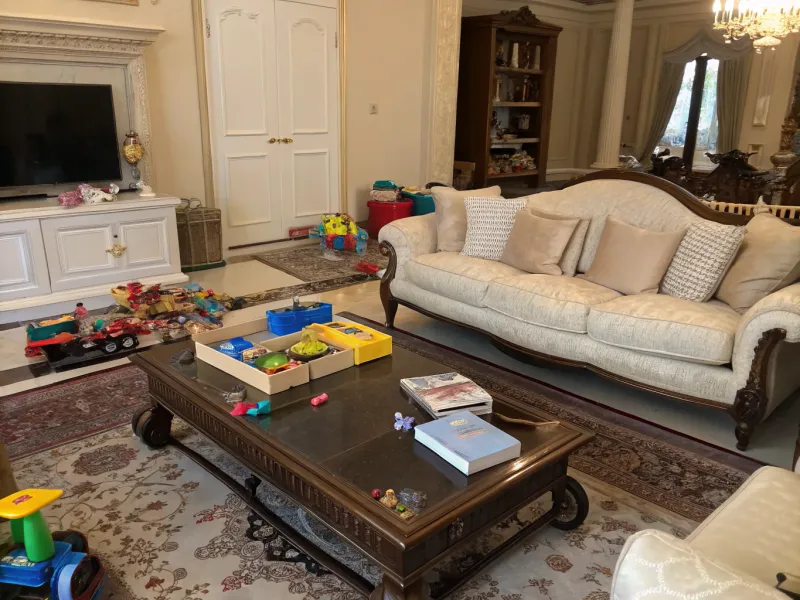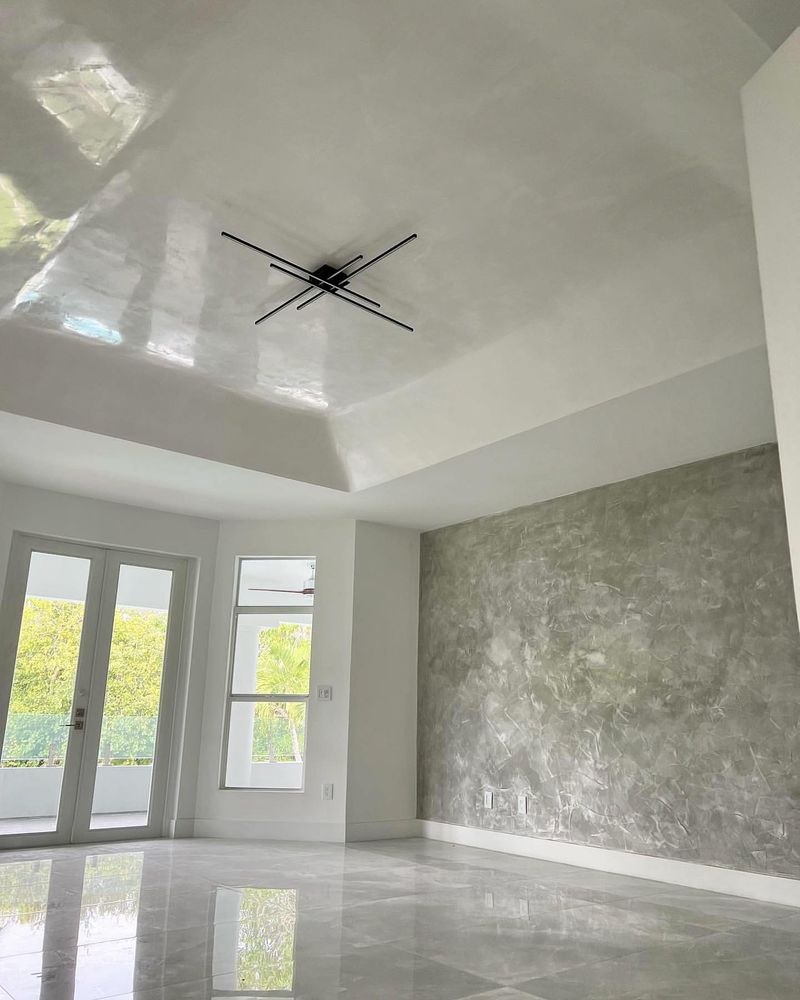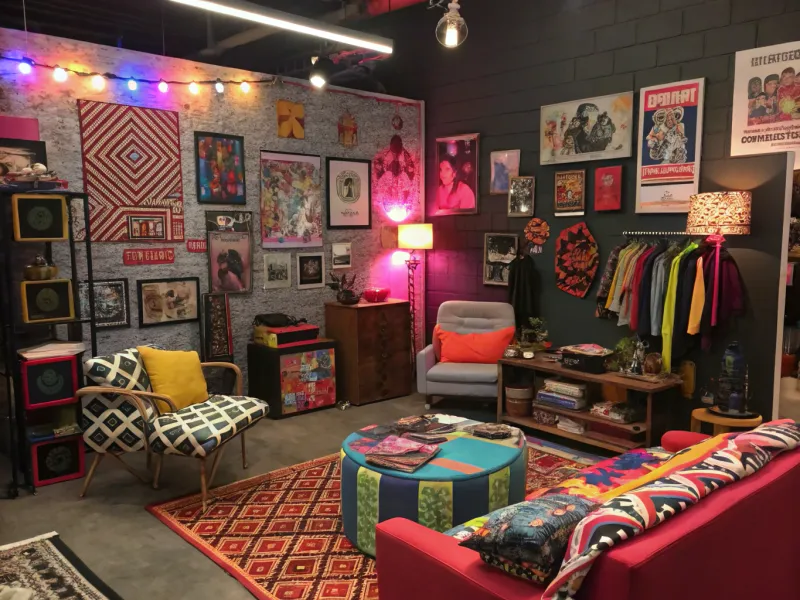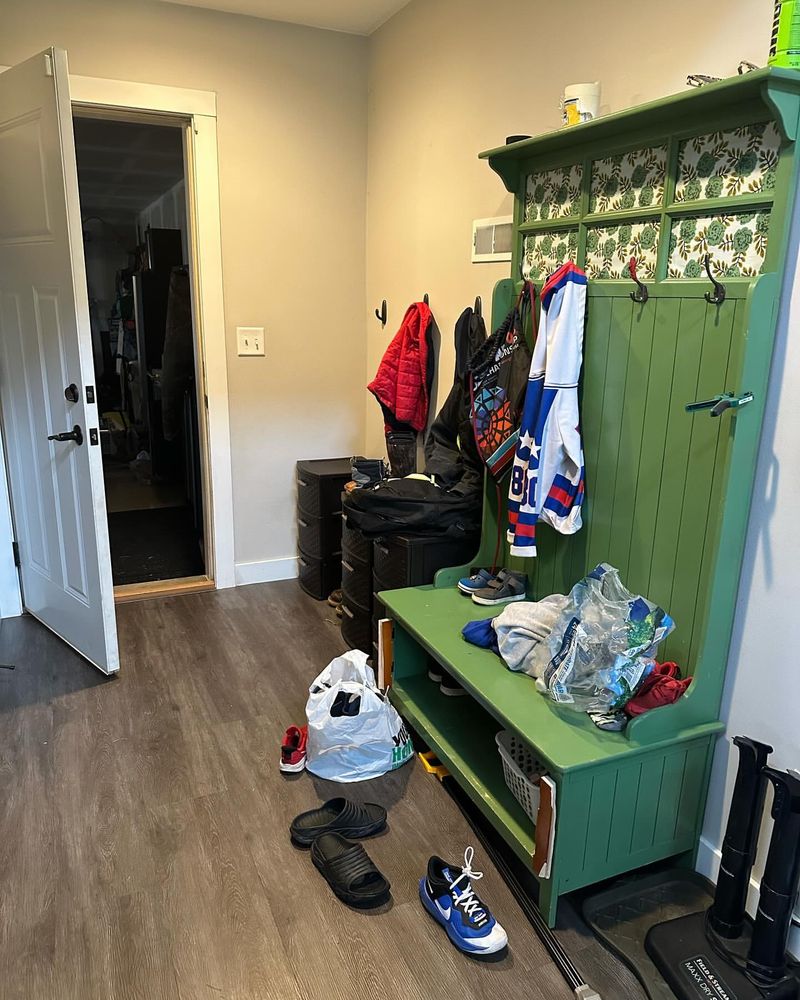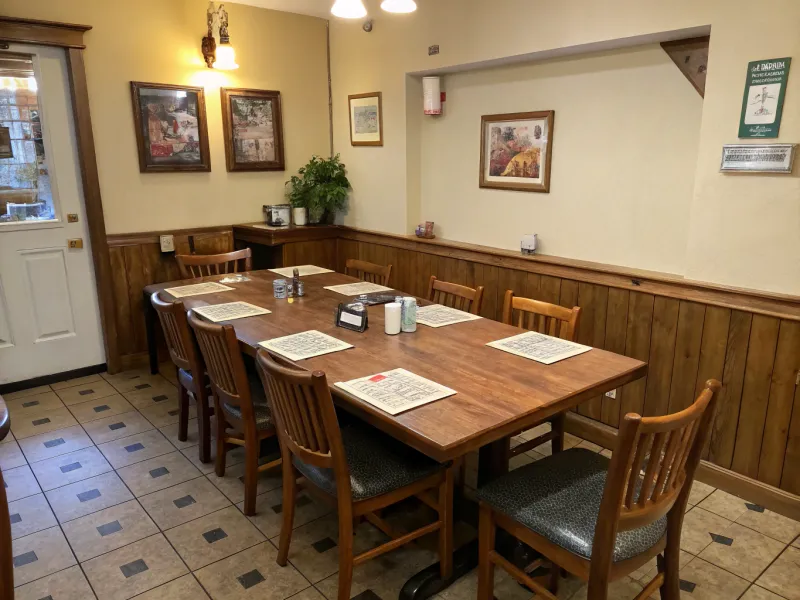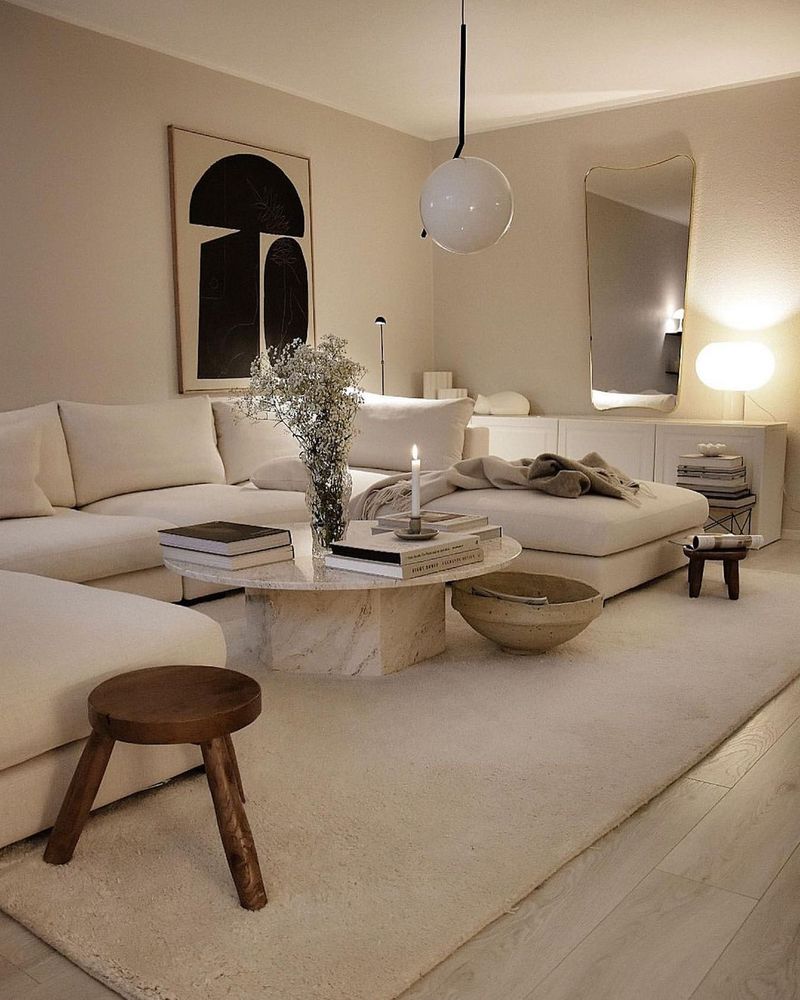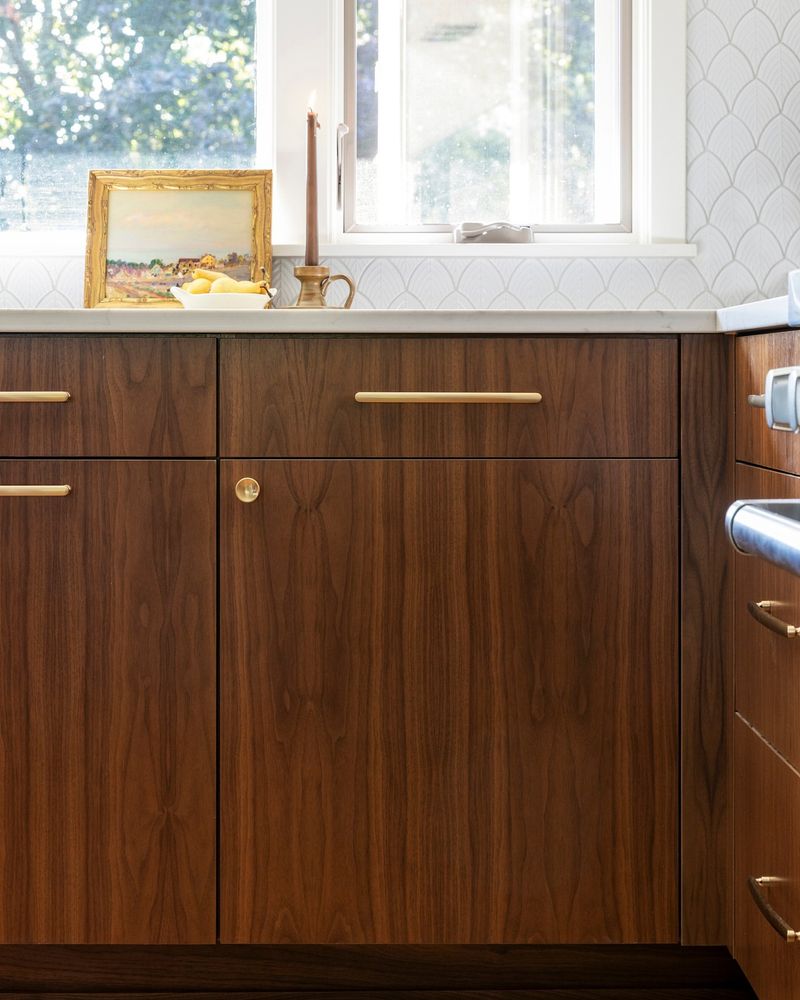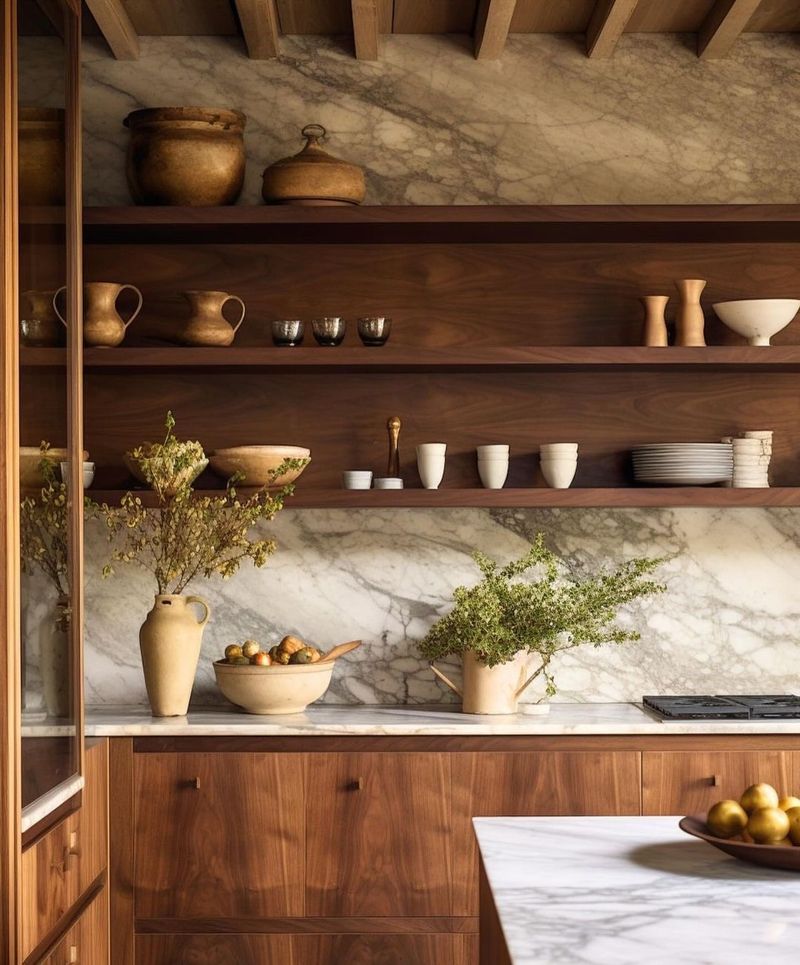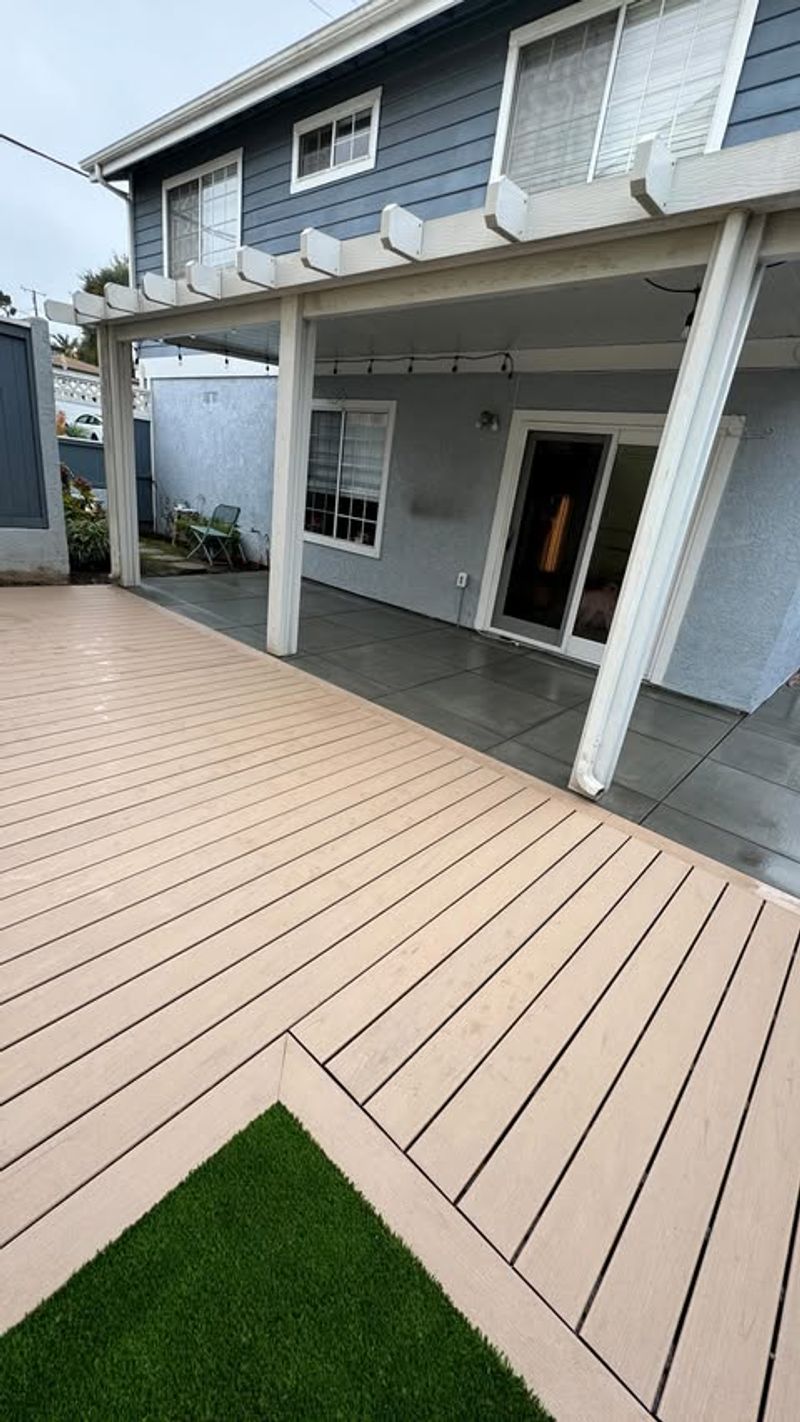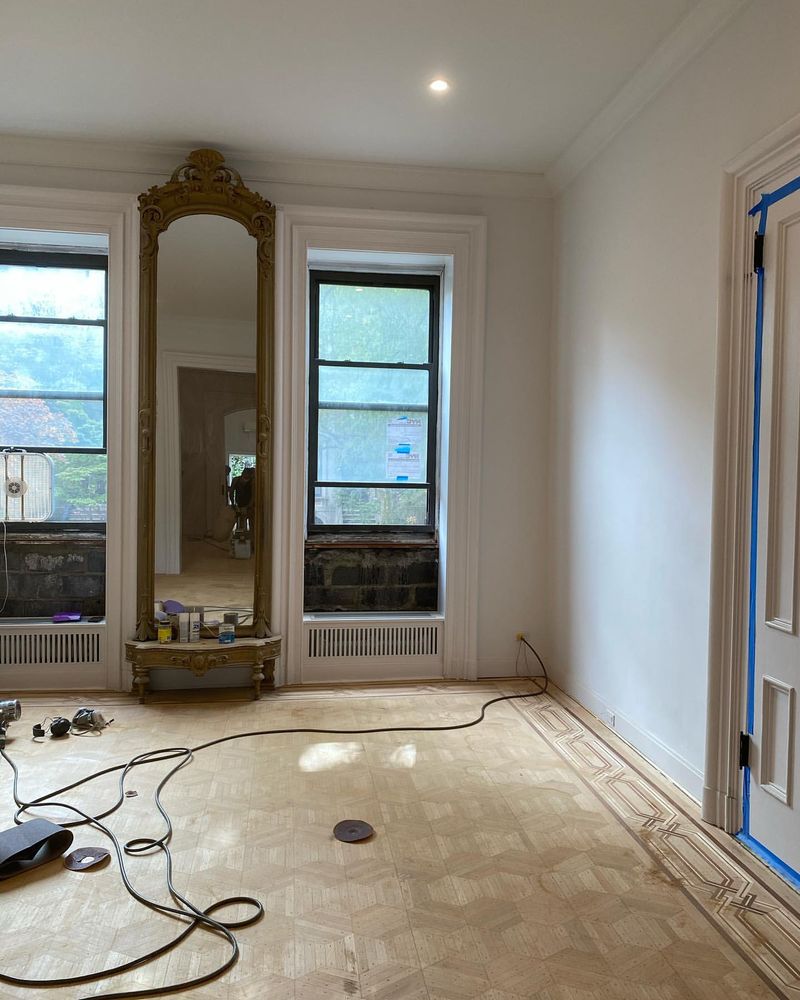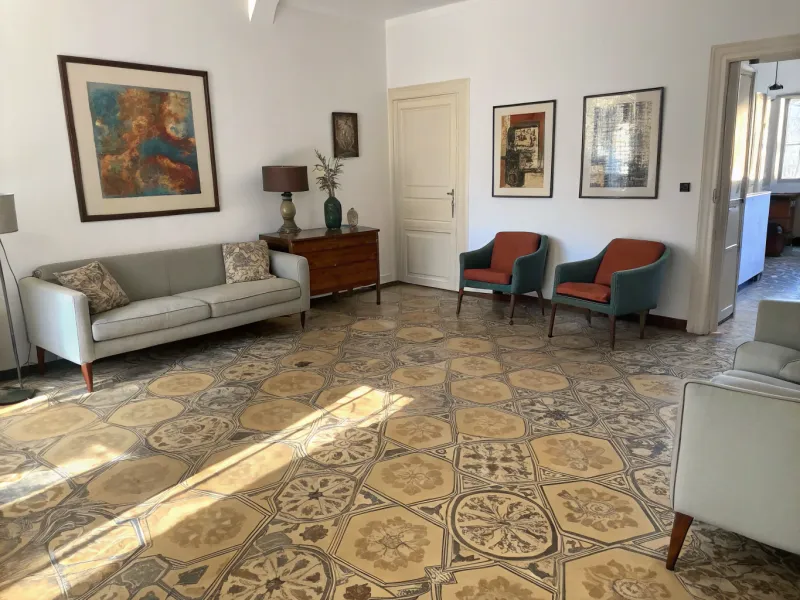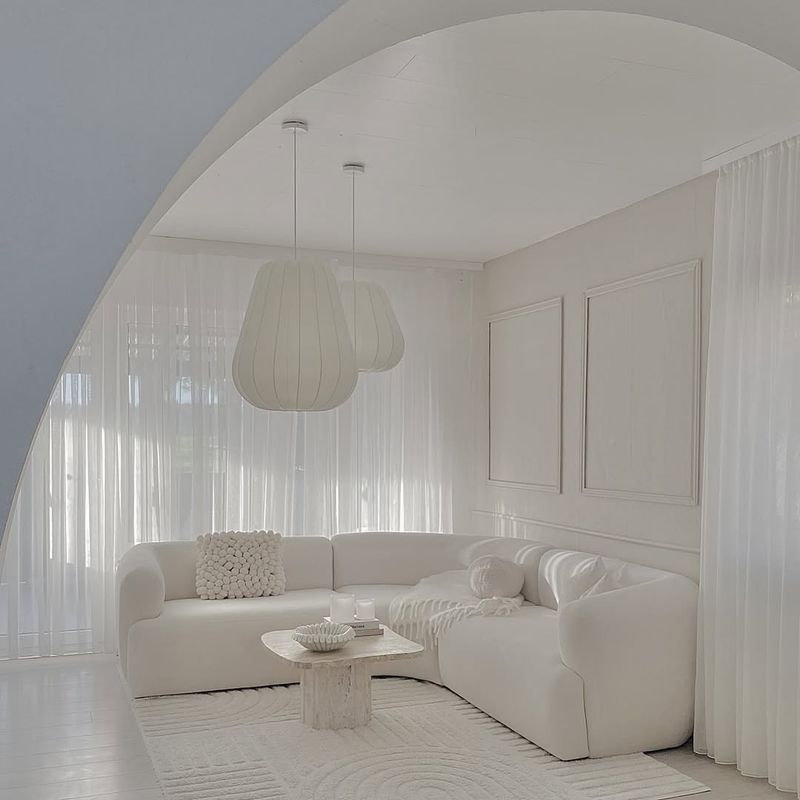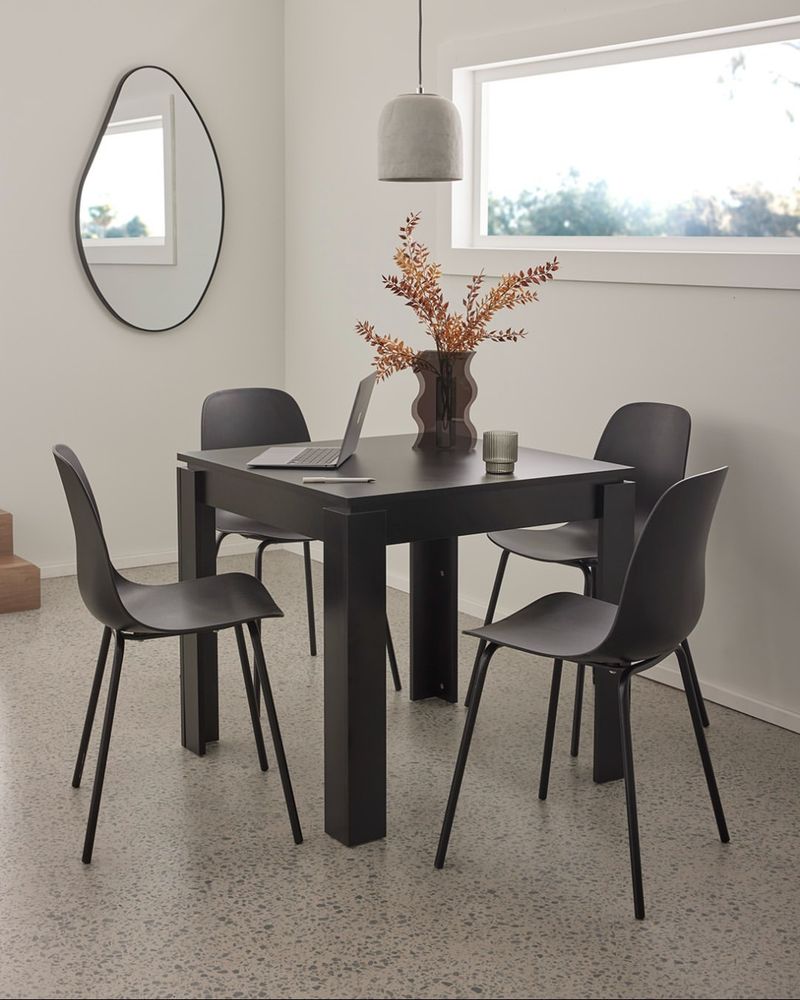Ever walked into a room and felt something was just… off? Well, you’re not alone! Interior design is an art and science, and even the best of us make mistakes.
Sometimes, these errors are minor, but other times, they require a full expert intervention.
Here, we’ll explore 25 common interior design regrets that experts are frequently called in to fix. From lighting issues to furniture mishaps, let’s delve into these fascinating and often costly blunders.
1. Ignoring Natural Light
Natural light is one of the most overlooked elements in home design. It’s a mistake I see far too often. Homeowners tend to ignore the impact of natural light, relying heavily on artificial lighting. This can make spaces feel dark and uninviting.
Opening up your space to sunlight can transform it entirely. Imagine your living room basked in natural radiance. It’s not just about aesthetics; natural light can enhance mood, making your home a happier place. Consider lighter window treatments or positioning mirrors to amplify daylight.
2. Overstuffed Furniture
Have you ever walked into a room and felt like the furniture was closing in? Overstuffed furniture can make even the largest rooms feel cramped and unwelcoming. It’s a common regret when homeowners aim for comfort without considering scale.
Choosing the right-sized furniture is crucial. It allows the room to breathe and provides a pleasant flow. Opt for pieces that offer comfort without overwhelming the space. This balance creates harmony and makes your home feel more open and inviting.
3. Misplaced Area Rugs
Rugs are a fantastic way to define a space, but size matters! A common mistake is choosing a rug that’s too small, leading to an awkward layout. An undersized rug can make your room feel disjointed and incomplete.
To fix this, ensure your rug is large enough to fit all key pieces of furniture. Ideally, it should anchor the room, tying together all elements seamlessly. This simple change can enhance cohesion, making your space feel more thoughtfully designed.
4. Poor Lighting Choices
Lighting can make or break a room’s ambiance. Too often, I see homes relying on a single overhead light, resulting in a flat and uninviting atmosphere. Poor lighting choices can diminish the beauty of your interiors.
Layering different types of lighting, like ambient, task, and accent, can significantly improve the space’s feel. Consider using lamps, sconces, or even candles to add warmth and dimension. Proper lighting not only enhances functionality but also adds personality to your home.
5. Cluttered Walls
Walls tell the story of your home, but too much clutter can overwhelm. Filling every inch with art or photos can create chaos instead of charm. It’s a frequent mistake, turning what should be a focal point into visual noise.
Less can indeed be more! Select a few standout pieces that resonate with you and let them breathe. This approach not only enhances the artwork’s impact but also brings a sense of calm and focus to your spaces, allowing each piece to shine.
6. Neglecting Storage
Storage might not be glamorous, but it’s essential. Many homes suffer from a lack of proper storage, leading to clutter and chaos. Without it, even the most beautifully designed room can feel stressful and disordered.
Incorporate clever solutions like built-in shelves or multi-functional furniture. These additions can discreetly house your belongings, keeping spaces tidy and functional.
Remember, a well-organized room not only looks better but feels better too, providing a peaceful environment where everything has its place.
7. Ignoring Room Function
Function should always guide design, yet it’s easy to overlook. Many homes suffer from rooms designed for aesthetics rather than usability, leading to frustration. A space must first serve its intended purpose.
Consider how you’ll use the room daily. If it’s a family space, ensure durability and comfort are priorities. A formal setup might look stunning, but if it doesn’t align with your lifestyle, it’s just a pretty picture. Aligning function with style creates a home that’s both beautiful and practical.
8. Improper Furniture Arrangement
Furniture arrangement plays a vital role in how a space feels. All too often, furniture is pushed against walls or scattered without thought, leading to a lack of intimacy and flow.
Consider grouping furniture to encourage conversation and connection. Create pathways that guide movement naturally through the room. This not only improves aesthetics but also enhances functionality. A thoughtful layout invites warmth and interaction, making your home more inviting and comfortable.
9. Overlooking Ceiling Design
Ceilings are often called the “fifth wall,” yet they are frequently ignored. A plain ceiling in a well-decorated room can feel like a missed opportunity. Failing to consider ceiling design can leave a space feeling incomplete.
Embrace the ceiling as an additional canvas. Consider paint, wallpaper, or moldings to add depth and interest. This attention to detail can elevate the entire room, creating a cohesive look that draws the eye upward and enhances the overall aesthetic.
10. Too Many Trends
Trends are tempting, but too many can overwhelm a space. I’ve seen homes where every trend is embraced, resulting in a disjointed and dated look. It’s a common regret when the timeless is sacrificed for the trendy.
Focus on incorporating trends selectively. Choose pieces that complement your existing style and will stand the test of time. Balance is key, allowing trends to enhance rather than define your space. This approach ensures a room feels fresh yet grounded in enduring style.
11. Neglecting Entryway Design
First impressions matter, yet entryways are often overlooked. A cluttered or bland entrance can set the wrong tone for your home, leaving guests underwhelmed.
Transform your entryway with thoughtful design elements. Consider storage solutions for shoes and coats, incorporate welcoming decor like a mirror or art, and ensure lighting is inviting.
This small yet significant area sets the stage for the rest of your home, making a welcoming, stylish impact from the moment you walk in.
12. Ignoring Scale
Scale is crucial in design, affecting balance and harmony. An oversized piece in a small space or too many small items in a large room can disrupt flow and functionality.
Before purchasing, consider the room’s proportions. Choose items that fit comfortably without overwhelming or underwhelming the space. Proper scale ensures a room feels balanced, allowing each piece to complement the others.
This thoughtful approach creates a more harmonious and aesthetically pleasing environment.
13. Lack of Personal Touch
Homes should reflect those who live in them, yet sometimes personal touches are overlooked. A room without individuality can feel cold and impersonal, lacking the warmth that makes a house a home.
Incorporate personal elements like family photos, travel mementos, or heirlooms. These touches tell your story and infuse spaces with character. Personalization makes your home uniquely yours, inviting warmth and connection while showcasing your style and experiences.
14. Mismatched Hardware
Details like hardware can dramatically impact a room’s look. Mismatched handles and fixtures are a common oversight, leading to a disjointed appearance in kitchens or bathrooms.
Choose hardware that complements the overall design. Consistency in materials and finishes can tie various elements together, enhancing continuity.
This attention to detail elevates a room’s aesthetic, making it feel more polished and cohesive. Remember, sometimes it’s the smallest details that make the biggest impact.
15. Overuse of Open Shelving
Open shelving offers accessibility and style, but when overused, it can lead to clutter. A kitchen filled with chaotic shelves may appear messy rather than inviting.
Balance is key. Mix open shelving with closed cabinets to maintain order. Use open shelves to display curated items, keeping them minimal and intentional.
This approach allows you to showcase personality while maintaining a tidy, organized space. It’s all about striking the right balance between function and aesthetics.
16. Forgetting Outdoor Spaces
Outdoor spaces often fall by the wayside, yet they are extensions of our homes. Neglecting patios or gardens can mean missing out on valuable living areas.
Invest time in creating inviting outdoor spaces with cozy seating, lighting, and decor. Consider plants that thrive in your climate for added vibrancy.
This not only enhances usability but also extends your living space, providing a peaceful retreat right at your doorstep. Outdoor design is vital for a harmonious home environment.
17. Improper Use of Mirrors
Mirrors are powerful tools in design but can backfire if used improperly. Incorrect placement might reflect clutter or awkward angles, detracting from a room’s appeal.
Use mirrors to amplify light and create the illusion of space. Position them to highlight attractive views or features, enhancing rather than diminishing the room’s aesthetics. Thoughtful placement can transform a space, adding depth and brightness, while correcting potential design flaws with strategic reflection.
18. Neglecting Floor Design
Floors are foundational to design yet often overlooked. An outdated or mismatched floor can clash with decor, pulling down the overall aesthetic.
Invest in flooring that complements your home’s style. Whether it’s wood, tile, or carpet, the right choice can enhance cohesion and elevate design.
Updating flooring is a significant change that dramatically impacts a room’s feel, aligning it with your vision and ensuring it serves as a solid base for the rest of your decor.
19. Lack of Greenery
Nature brings life to interiors, yet greenery is often absent in design. A lack of plants can make a space feel cold and uninviting, missing the warmth and vibrancy that nature provides.
Incorporate plants to breathe life into your decor. Choose varieties that suit your home’s light and environment, adding texture and color. Greenery enhances air quality and creates a calming ambiance, making spaces feel more alive and welcoming. It’s a simple addition with a powerful impact.
20. Uncomfortable Dining Chairs
Dining areas should invite comfort, yet stylish chairs often overlook ergonomics. Uncomfortable seating can make meal times unenjoyable, a common regret when form is prioritized over function.
Select chairs that offer both style and comfort. Consider cushioned seats or ergonomic designs that encourage long, pleasant gatherings. Balancing aesthetics with comfort ensures your dining area is a welcoming space, enhancing both the visual appeal and the dining experience for you and your guests.

